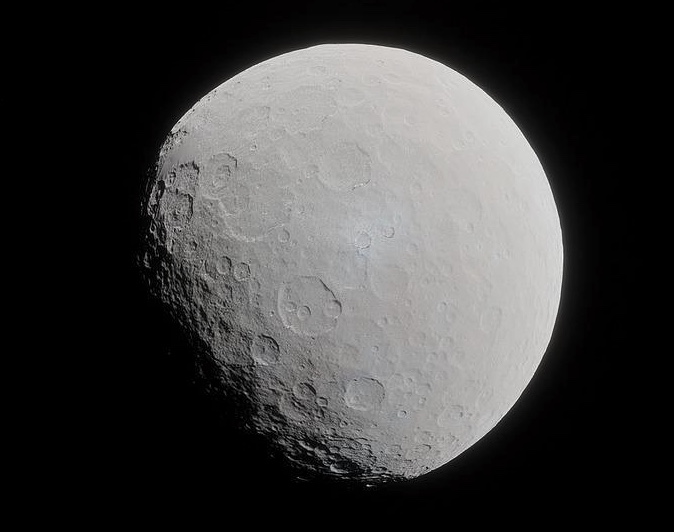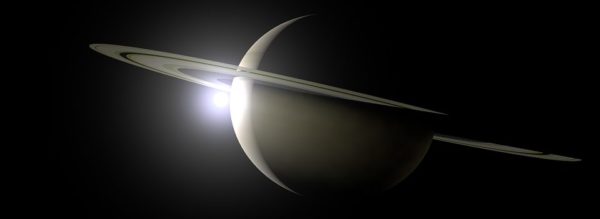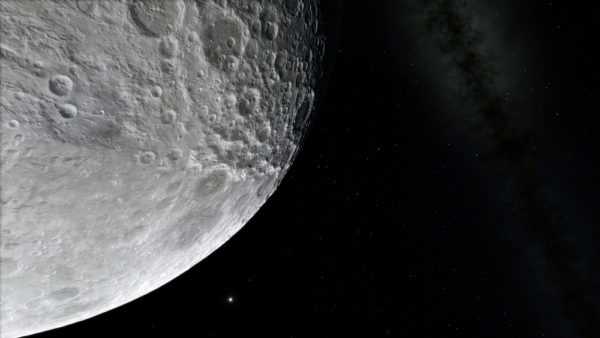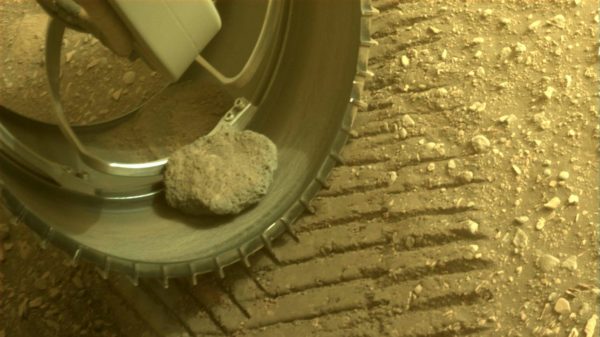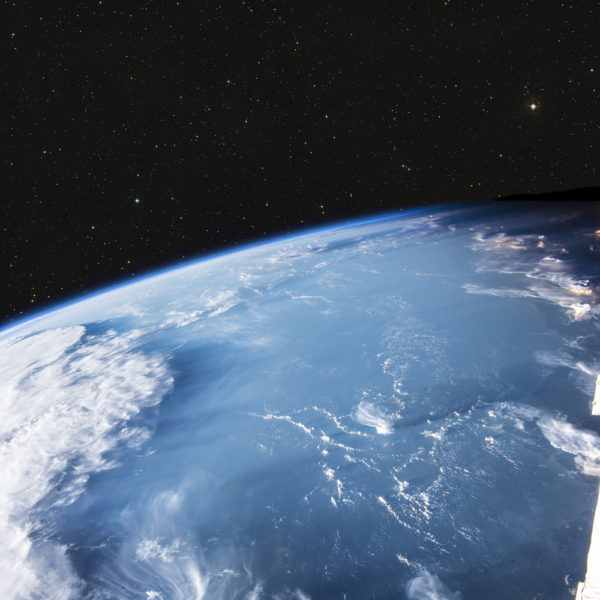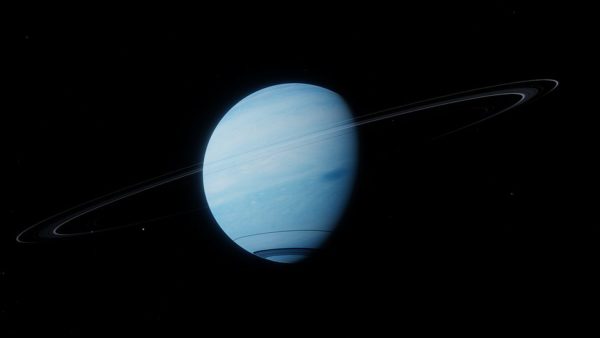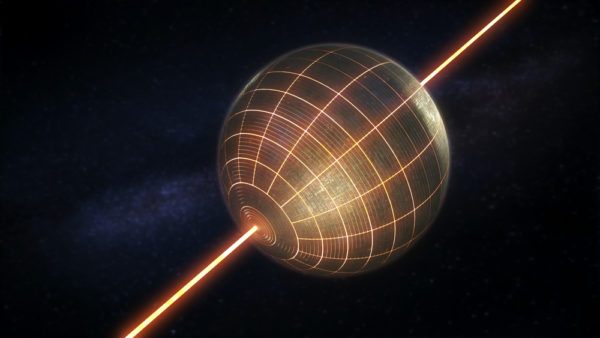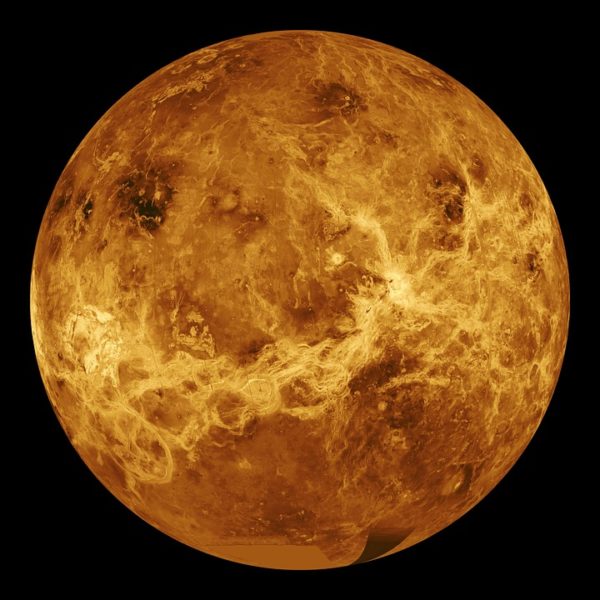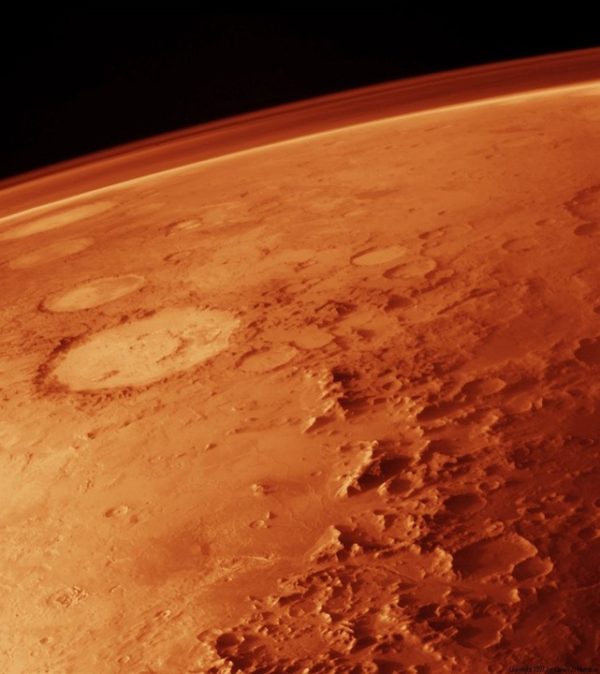Writer Fuel: All About Mercury
Mercury is the closest planet to the sun and the smallest planet in our solar system. With a diameter of about 3,032 miles (4,880 kilometers), the planet is less than half the size of Earth, which is about 7,926 miles (12,756 km) in diameter. But what it lacks in size, it makes up for in … Read more

